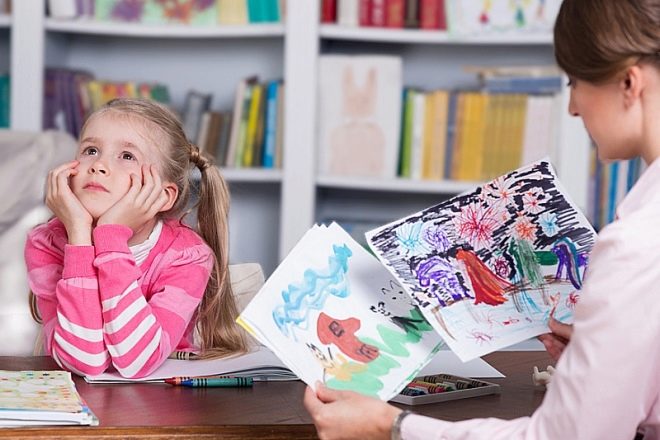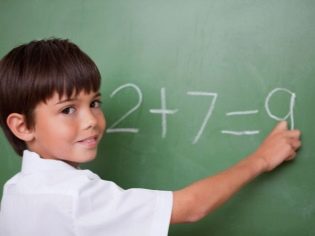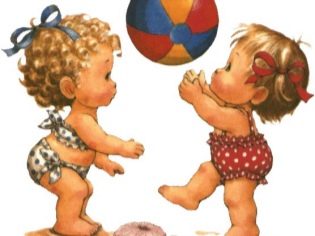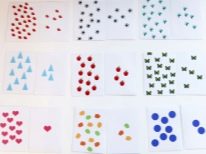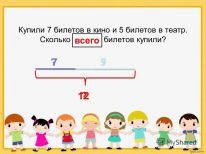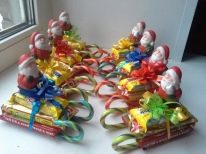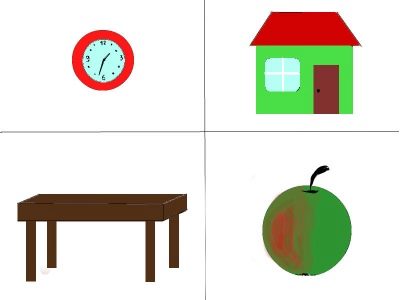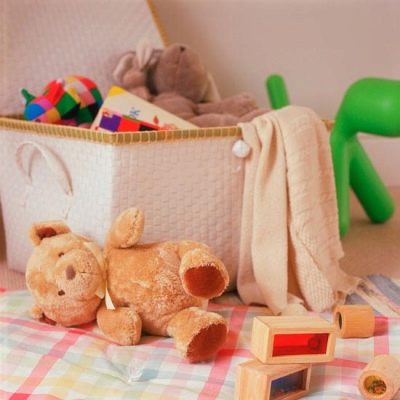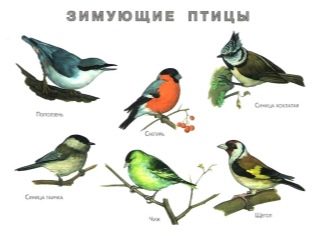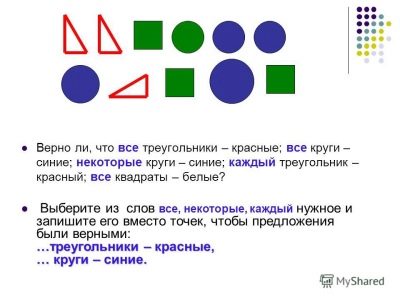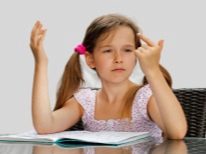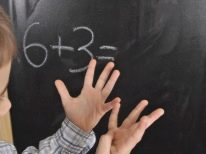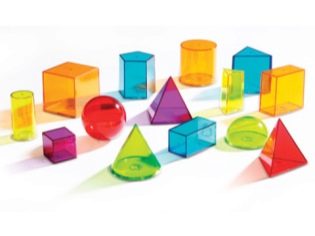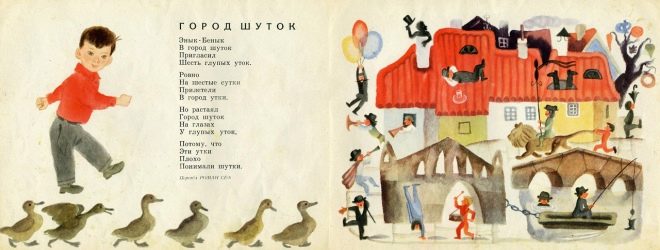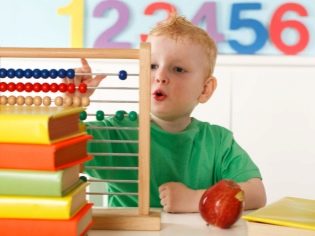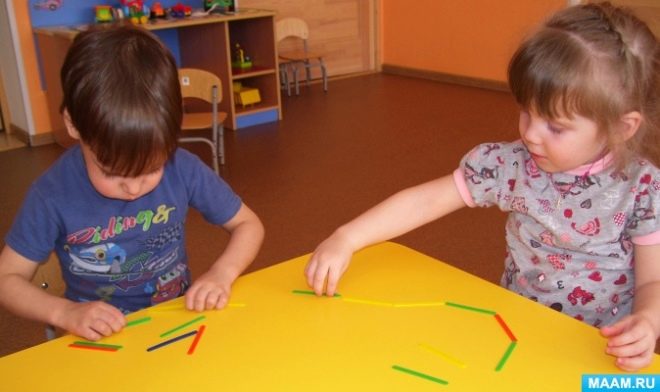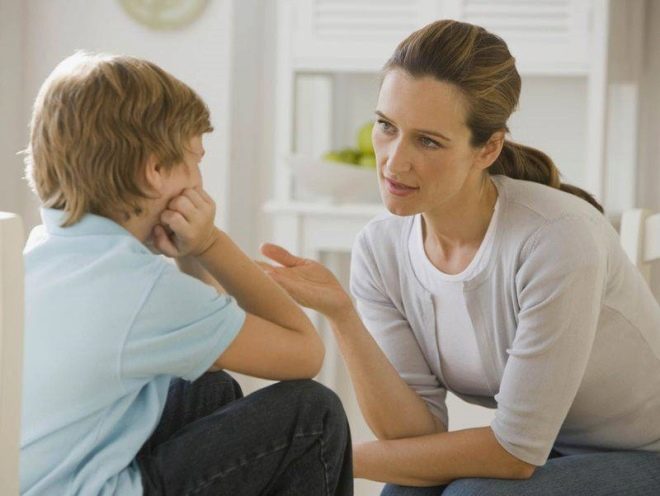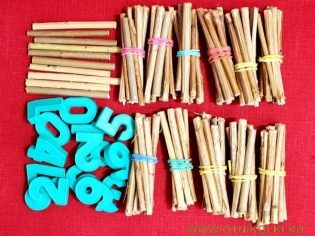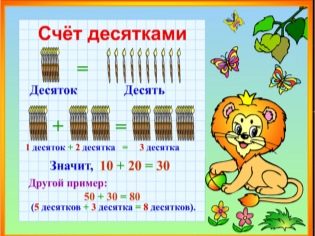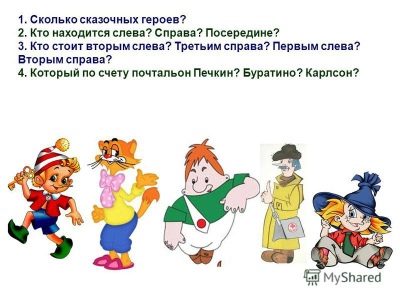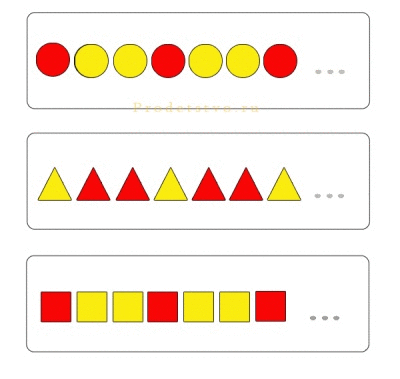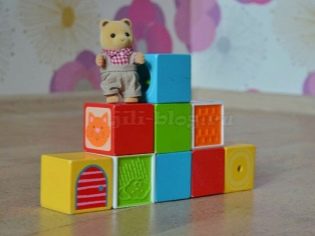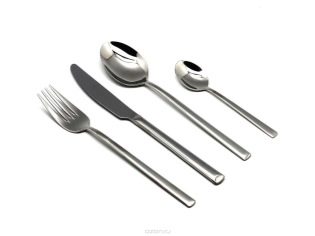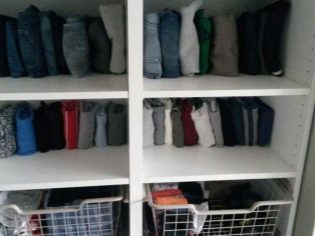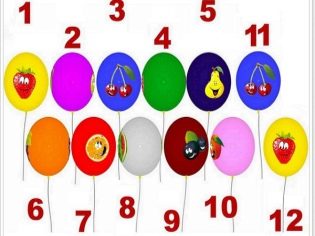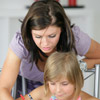How to teach a child to count examples with numbers within 10?
When a child enters school, he is tested by a psychologist and a commission consisting of teachers. Modern programs do not give yesterday's babies time to build up: there are programs and textbooks that require familiarizing seven-year-old children with the actions of level I: multiplication and division. Hence, the desire of parents to teach a child to count examples with numbers within 10 is understandable.
Learning basics
Usually, when babies are shown, for example, 4-5 big balls and 8-10 small balls, the question is: where is a lot and where is little, they give an "exhaustive" answer: a lot where they are big, and little where they are small .
As practice shows, it is difficult for a child to master the concept of a number, a natural series of numbers, until its quantitative representations are sufficiently developed:
-
the concepts: “many”, “little”, “little”, “several”, and skillfully applied by boys-girls in the sentences they make up;
-
entered into the active dictionary of the preschooler the words: "was", "became", "left", "together", "all";
-
children's attention is drawn to the words: "the same", "equally", "equally."
Acquaintance of the future student with such concepts is useful to accompany with questions, answering which to a little math. will have to appeal the necessary terms:
-
How many stars are in the sky? Many or few?
-
How many flowers are in a vase on a table? Is it just as much?
-
How many candies in a gift from Santa Claus? (Many) How much will mom allow to eat? (Some)
The basis of familiarization of the child with the number and mathematical actions are manipulations with various sets of objects:
-
We learn to isolate subject complexes from ordinary life. The kid should list what items are in this complex.
-
Necessarily the ability to specify the principle that combines the items that make up this complex.
For example, we get a basket with children's toys and give tasks:
-
name each toy;
-
choose from all only cars or just animals;
-
specify what he saw by looking at which apples are on the table (for example, show some green apples or several smaller apples).
Working on a drawing with the image of birds, it is useful to teach children to call in one word birds belonging to each of the groups.
For example:
-
little birds and a big bird;
-
tits and woodpecker.
In further exercises, special attention should be paid to the baby's awareness of words. “Every”, “all”, “some” and the child's practical use of these concepts in speech.
At what age should a child be able to operate with numbers?
The mathematical mindset of the child does not affect at what age he will master the account.
As a rule, all children take possession of the score sooner or later, and this happens between the ages of three and six years:
-
At the age of 4, a child can be introduced to the formation of the first five numbers. At this age, kids easily master a direct quantitative count of up to five, and some up to ten.
-
At the age of 5-6 years, preschool children get acquainted with the principles of the formation of the natural number series:
-
each number has its own stable and permanent place;
-
each subsequent number is obtained by adding one to this, and the previous one - by subtracting one from this.
-
-
In the 7th year, older preschool children can count objects in groups: twos, threes, fives.
Learning to add and subtract
Combining two groups of objects with children (for example, blue and red balls), we will create a basis for considering the addition of numbers.
The basis for the subtraction of numbers will be familiarity with the cases when you need to remove some of the items from this group (blue flew away from a bunch of red and blue balls).
We will do the exercises:
-
first with objects: toys, chips, sets of geometric shapes.
-
we use the drawing of multicolored rings to designate different sets and with their help we explain the meaning of the action of addition: to lay down means to unite all the objects of one set and the other with one common ring.
How to teach quickly count?
Learning from the children's books to help your child quickly help you quickly remember how the numbers follow each other in sequence. For example, "Rope" O. Drize.
You should not force events and run far ahead, teaching a karapuz up to 100 and even up to 1000. He must firmly grasp the sequence of numbers of the first and then the second ten, and be able to name numbers in order, starting with any number, and in reverse order .
For example:
-
count from 3 to 8;
-
count from 7 to 2.
In order for a child to learn how to quickly add and subtract any numbers up to ten, he must learn and firmly know the composition of numbers within 10, What is achieved by a series of exercises and games like:
-
"Settled house", which presents all cases of the composition of numbers from 1 to 10.
-
“Mathematical slide”, in which the items are highlighted in one color, giving the total the largest number in this row (in the bottom row it is 10, in the next 9, then 8 and further to 2; at the top of the tree it will be 1).
-
The tasks in the verses, the texts of which can be invented by ourselves, or you can use the publication “Fun Tasks”, the authors of which are A. P. Tonkikh, D. A. Stogov, S. V. Goloshchapova.
Acquaintance with a dozen as a new counting unit
We pour out from the box all the counting sticks on the table and conduct a conversation with the child:
-
How, knowing how to count only to 10, count how many chopsticks are in a box? (Count 10) You can say “10 sticks”, or you can say “one ten.” We tie 10 sticks to the rubber and this will be a new counting unit - a dozen.
-
What in life is considered dozens? (Eggs, buttons, buttons, plates and other items)
The task with a strip divided into separate cells:
-
Circle 10 squares.
-
Draw another exact same strip.
-
How many dozens of we circled? (2)
Adult explanation: two dozen are called "twenty." “Ten” - abbreviation, means ten. So taken for convenience and speed of pronunciation.
We count dozens, for this we will prepare bundles of sticks connected in ten. Under the bundles (tens) we place cards with a number corresponding to the number of tens.
Adult explanation:
-
These are two digit numbers written with two icons (digits).
-
The first digit in the record of the number (we look from left to right, as well as we write it) indicates the number of tens in the number.
-
The second digit is everywhere “0”, which means that there are no separate units from a dozen in the number.
How to teach counting?
After assimilating the sequence of numbers from 1 to 10, it is important to teach him to use this knowledge intelligently, answering the question: how much or which account. In this case, the baby is obliged to compare the called numeral with the object so as not to miss anything and not to name anything superfluous.
An adult must understandably convey to the ward the fact that the number that will be named when the last item is counted will be the answer to the question “How much?”.
We are working on this moment on visual material. Put on the table in front of the young researcher in one row a few cards with triangles, let him count them.
Next row: lay out one square under each triangle, and even lower, one oval:
-
It is necessary to bring the student to the conclusion: after counting the subjects in the upper row, it is possible to say with certainty how many there are in the middle or lower rows without counting them.Since there are as many of them as in the top.
-
It is important that the child clearly understands that quantitative counting can be carried out, starting with any object in any sequence and in any direction.
Every time after recounting the items you need to ask "how much?":
-
at first we recalculate the same type of items: buttons, paper clips;
-
then (on a walk) of different types: how many flowers on a flower bed (asters, tulips, peonies)?
-
then count one by one, then count by one;
-
then we consider equal groups of 2 (in pairs), 5 (heels), and 3.4.
Counting in the reverse order is somewhat more difficult, so you can start from the countdown of specific items, and then move on to the abstract counting.
Example:
-
We count cars. How many are there? (Total 6 machines)
-
We remove one in the box. How much is left? (5 machines left)
-
Remove another machine. How much is left now?
The countdown will not cause difficulties for the baby, if he learned in practice a direct account. Good help will:
-
The game “A ladder from cubes”, in which the child's favorite toy from the “Kinder Surprise” climbs up the hill-ladder, counting steps from 1 to 10, and then descends along them with a countdown from 10 to 1.
-
The wolf from the m / f "Well, wait! ", We count with him in the reverse order from 10 to 1.
The study of the direct and reverse counting must be accompanied by tasks on the recalculation of objects in the direct and reverse order, using any domestic situation for this:
-
Spread out cutlery for all family members for dinner. How many spoons have you put? How many forks are on the table now?
-
Put 2 t-shirts, 3 T-shirts and 4 handkerchiefs on your shelf in the closet. Count how many items on your shelf in the closet.
-
How many chocolate cones are left hanging on the tree?
-
How many cubes of sugar in a sugar bowl?
You can make a football team of animals, which are in the collection of crumbs of toys, and attach numbers from 1 to 9 to them. Ask the child to name:
-
Who stands out of place (if there are mistakes in the construction of the rank).
-
Find the place of each player (if they are randomly scattered across the field).
-
Neighbors number 5, 8.
-
Between which numbers is the number 3, 7.
When we teach a child the ordinal count and we are familiar with the ordinal value of numbers, it is important to clearly demonstrate that the ordinal number of a subject depends on the direction in which the score is kept.
Successful will be a demonstration using the train, where the numbering of cars can be from the "head" (from the engine), then from the "tail".
It is necessary to pay serious attention to how the child forms the form of the middle kind of ordinal numbers (this is where mistakes in children's speech are common).
How to fix the material covered?
To pass with the baby found in his soul and mind response, you need to put patience, tact, imagination and your own interest in communicating with the crumbs. It is important not to overdo it and give the material with feasible doses available to this particular student.
It is impossible to cram material and repeat the same several classes in a row: knowledge must be digested in the child’s subconscious, and then they will become his property.
It must be remembered that children are able (unlike adults) to be surprised at ordinary things, therefore, you can repeat and reinforce what you teach the child without tension, referring to what surrounds the little person.
Training in the consolidation of material is obligatory, because they contribute to systematic training and the development of interest and respect for mental work.
In the next video, see examples for teaching a child to count numbers within 10.

